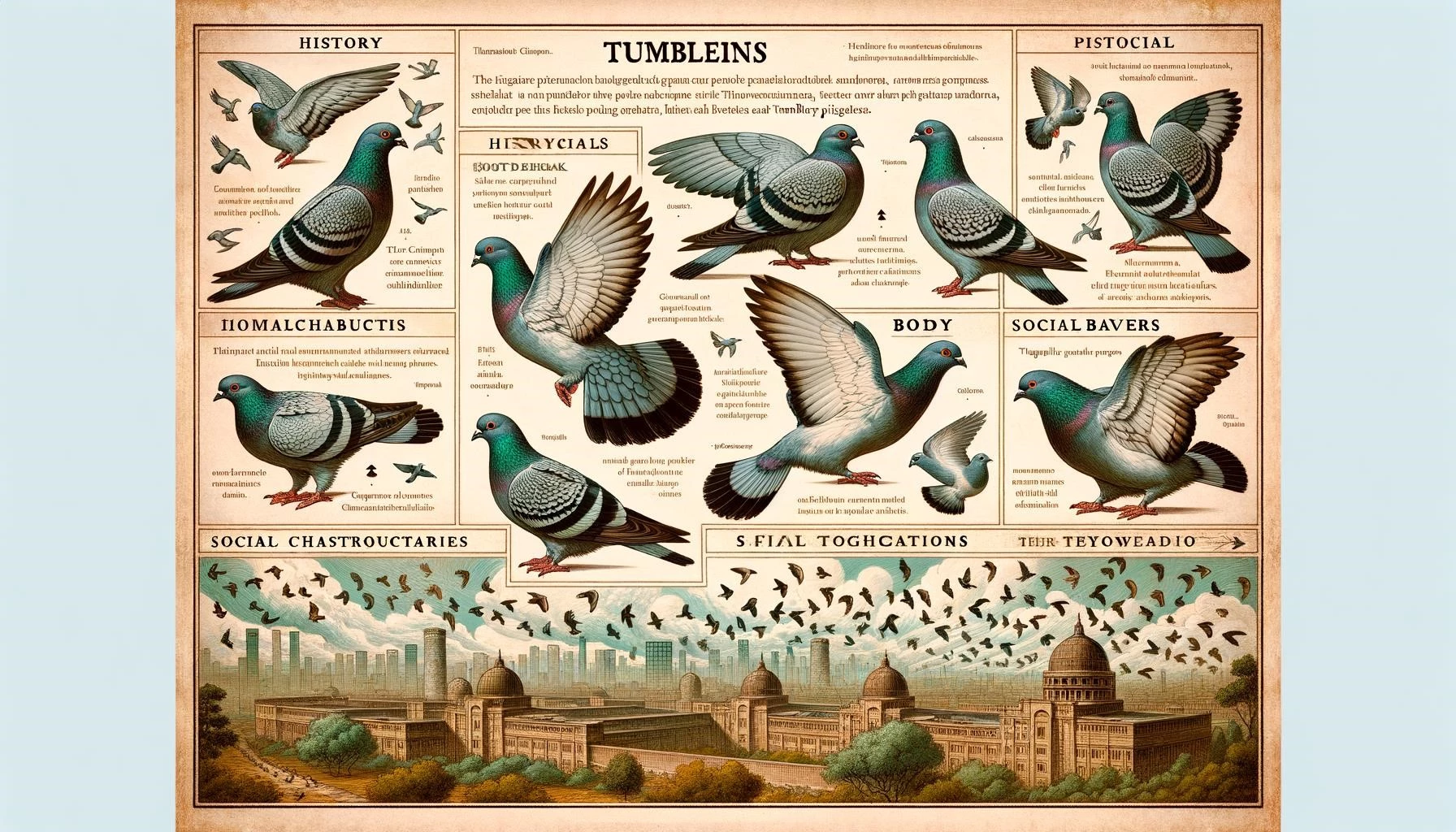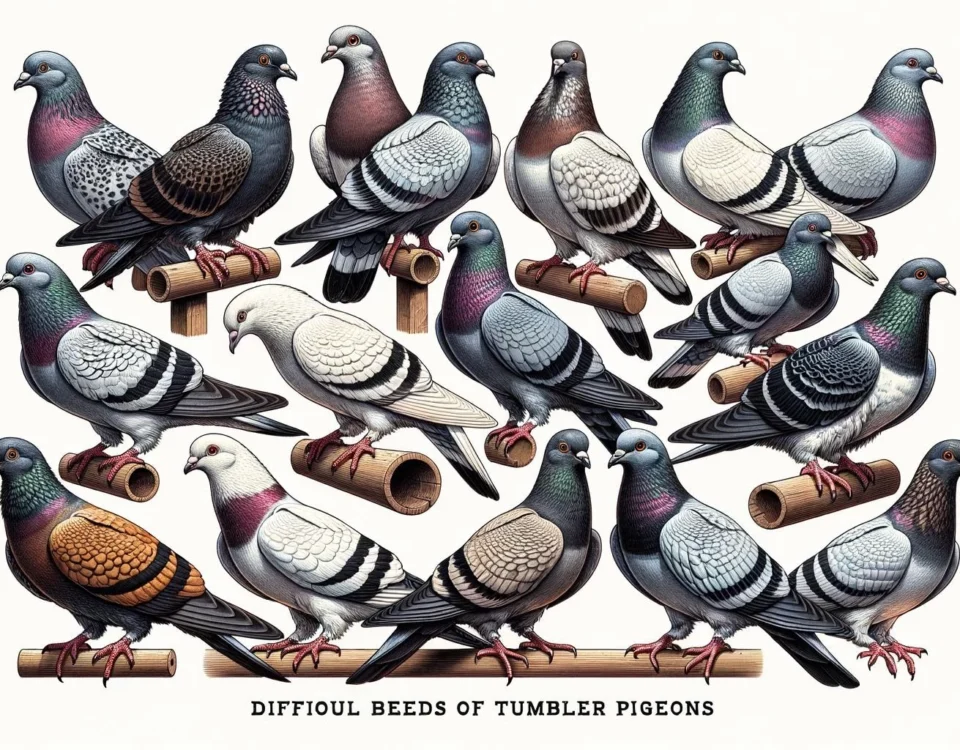Tumbler pigeons are a unique breed of pigeons known for their distinctive tumbling or rolling flight patterns. They have been selectively bred for their aerial acrobatics and are popular among pigeon enthusiasts for their captivating performances. While these pigeons are not specifically bred for homing abilities, they do possess certain navigational skills that enable them to find their way home after being released.
Key Takeaways
- Tumbler pigeons are a breed known for their tumbling or rolling flight patterns.
- They are not specifically bred for homing abilities but possess some navigational skills.
- Tumbler pigeons have an in-built compass and can use sun and star bearings for navigation.
Tumbler pigeons are not primarily bred for homing purposes like homing pigeons. However, they possess certain navigational skills that allow them to find their way back home after being released. These skills are attributed to their natural instinct and inherent abilities rather than specialized training.
One of the key navigational skills of tumbler pigeons is their in-built compass. Like many other bird species, pigeons have the ability to perceive the Earth’s magnetic field. It is believed that they use this magnetic sense to navigate and orient themselves in relation to their home loft. By sensing the Earth’s magnetic field, tumbler pigeons can determine their heading and maintain a general sense of direction.
In addition to their magnetic sense, tumbler pigeons can also use celestial cues such as the position of the sun and stars for navigation. When flying over long distances or in unfamiliar locations, pigeons can rely on the relative positions of the sun and stars to determine their heading and maintain a course towards their home loft. This ability is particularly useful when the pigeons are doing a journey for the first time and don’t have a previously learned route.
While tumbling flight is a characteristic behavior of tumbler pigeons, it is not directly related to their navigational abilities. Tumbling flight is believed to have evolved as a survival tactic to evade predators or aerial attacks by other birds. The somersaults and flips performed during the flight may confuse or deter potential predators, allowing the pigeons to escape unharmed.
Although the exact neurological causes of tumbling flight in pigeons are still unknown, it is clear that it does not hinder their navigational abilities. Tumbler pigeons are still capable of using their in-built compass and celestial cues for navigation, even while performing aerial acrobatics.
Conclusion
Tumbler pigeons possess navigational skills that allow them to find their way back home after being released, although they are not specifically bred for homing purposes. These pigeons rely on their in-built compass and the use of celestial cues such as the sun and stars for navigation. While tumbling flight is a characteristic behavior of tumbler pigeons, it does not impede their navigational abilities. These pigeons demonstrate the remarkable combination of aerial acrobatics and innate navigation skills.








